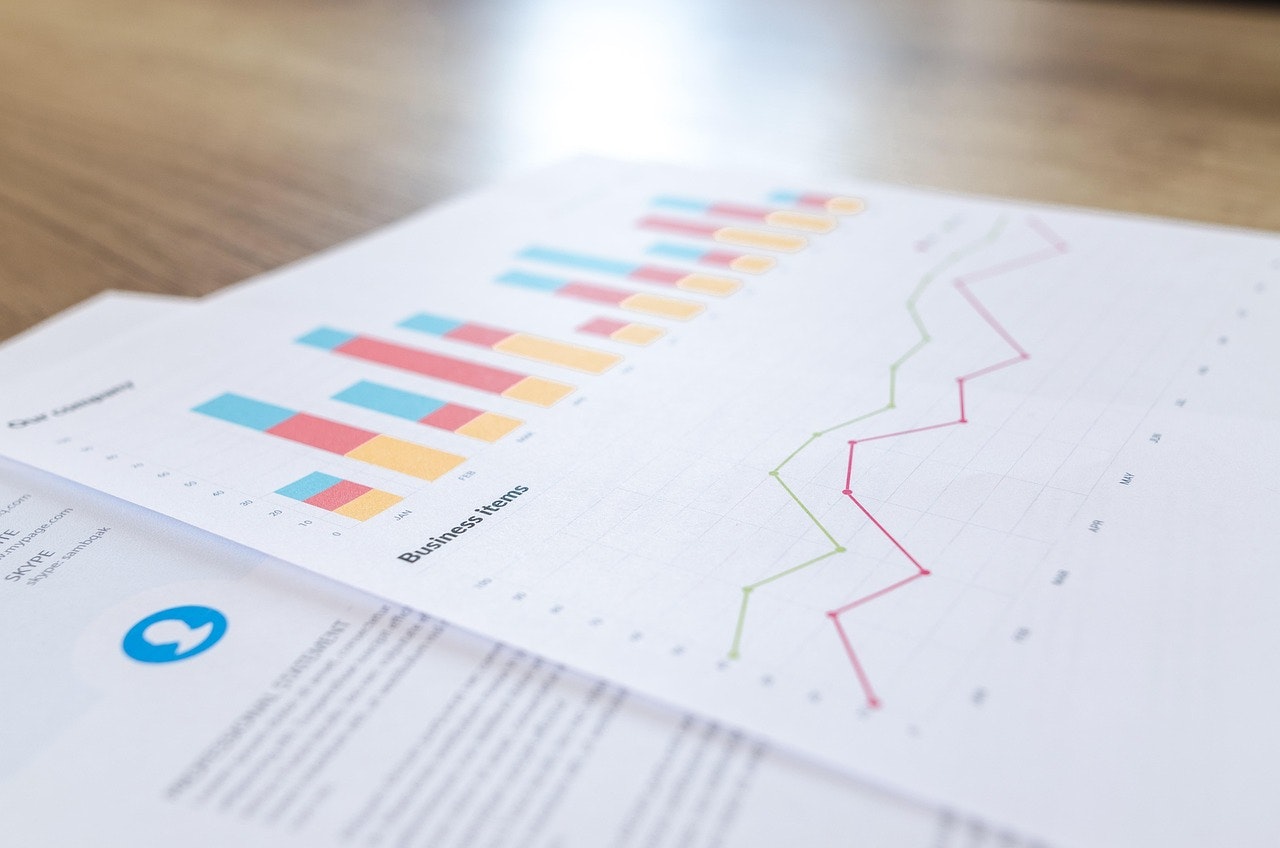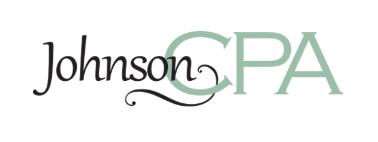
How to Read and Interpret Your Financial Statements
Understanding your financial statements isn’t just for your accountant—it’s essential for any business owner who wants to stay in control, make smart decisions, and grow with confidence. These reports tell the story of your business’s financial health. When you know how to read them, you can spot problems early, capitalize on opportunities, and avoid costly mistakes.
In this post, we’ll break down the three primary financial statements and explain what they mean for your business.
- The Income Statement: Are You Profitable?
Also known as the Profit and Loss (P&L) Statement, this report shows your business’s revenue and expenses over a specific period (monthly, quarterly, or annually). It tells you whether your business is making or losing money.
Key components to review:
- Revenue: Total sales before expenses
- Cost of Goods Sold (COGS): Direct costs to produce your products or services
- Gross Profit: Revenue minus COGS
- Operating Expenses: Overhead like rent, payroll, and marketing
- Net Income: Your bottom line—profit or loss after all expenses
Tip: Track trends in profit margins and keep an eye on which expenses are growing faster than your revenue.
- The Balance Sheet: What Do You Own and Owe?
The Balance Sheet is a snapshot of your business’s financial position at a specific point in time. It shows what your business owns (assets), what it owes (liabilities), and what’s left over for the owners (equity).
Balance Sheet formula:
Assets = Liabilities + Equity
Key sections include:
- Assets: Cash, receivables, inventory, property, and equipment
- Liabilities: Credit cards, loans, and unpaid bills
- Equity: Retained earnings and capital you’ve invested in the business
Tip: Check whether your current assets are enough to cover your current liabilities. This is a key measure of short-term financial health.
- The Cash Flow Statement: Do You Have Enough Cash?
Profit doesn’t always equal cash in the bank. The Cash Flow Statement tracks the movement of money in and out of your business, giving you a clearer view of liquidity.
It’s divided into three sections:
- Operating Activities: Daily revenue and expenses
- Investing Activities: Purchase or sale of assets
- Financing Activities: Loans, repayments, and owner withdrawals
Tip: If your business is profitable but cash is tight, look at receivables, loan payments, or large equipment purchases that may be draining cash.
Putting It All Together
Reading your financial statements together gives you a complete picture. While the income statement shows profitability, the balance sheet shows financial position, and the cash flow statement shows your actual liquidity.
Here are a few good questions to ask each month or quarter:
- Are we making money—and if not, why?
- Do we have enough cash to meet upcoming expenses?
- Are we building value in the business or just getting by?
Need Help Understanding Your Financials?
As your advisory partner, we go beyond tax preparation—we help you understand the numbers behind your business. If you’d like help reviewing your financial statements or building a strategy based on your results, let’s talk. Together, we can make your numbers work for you.
